When we learn to sail we often dream about sailing off into the sunset and leaving all our problems behind. Sailing has a way of making life simple and reducing everything down to the here and now. But, being either over- or under-confident can cause problems on your first time chartering.
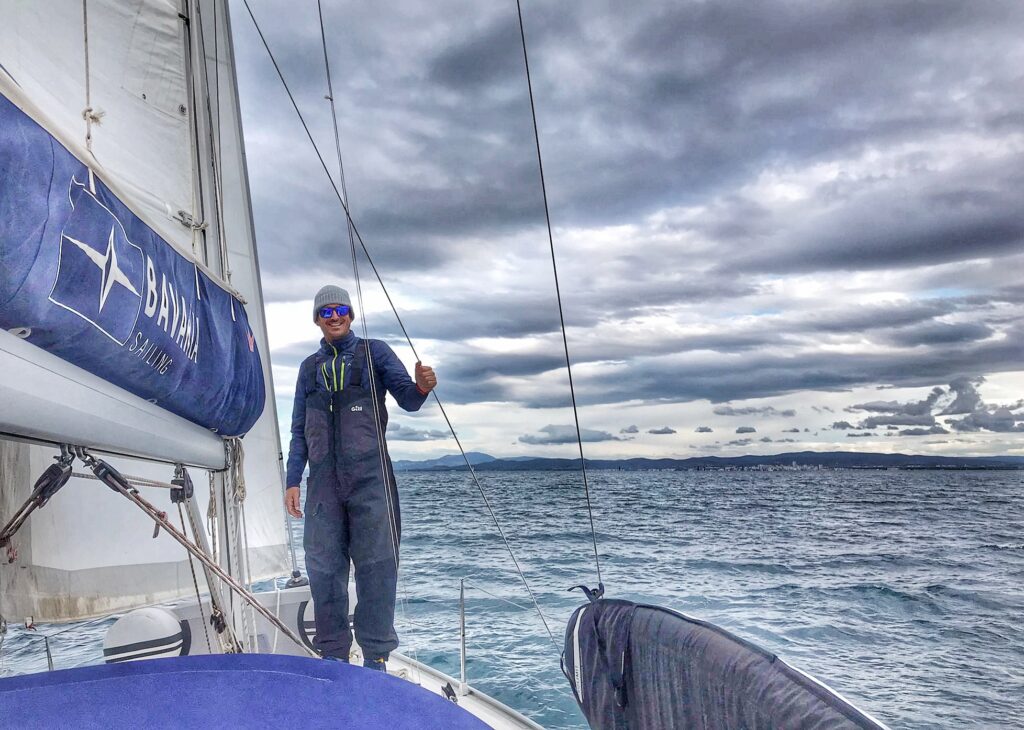
For some people, their first chartering might be quite intimidating. I have sailed most of my life and as a sailing, windsurfing and motorboat instructor many years ago I had some experience of being responsible for others on the water in quite a wide variety of sail- and motor-powered craft. Despite this, I felt quite nervous before my first bareboat charter. I searched online for information about what to expect but, unfortunately, did not find anything. So here are my thoughts for those of you thinking about doing your first yacht charter.
Do your research in advance
As for many things in life, preparation is key. If you are chartering a boat for the first time this is no different. Before going, I ordered the charts and the cruising guides for the area I was planning on sailing. I spent evenings getting familiar with the area on the charts, reading the cruising guides, looking at Google Maps and revising basic chartwork that I had not done in a while. I also downloaded the electronic charts for the area to my phone and tablet. As well as studying the weather forecasts a few weeks in advance and trying to plan according to them as if this was my charter week.
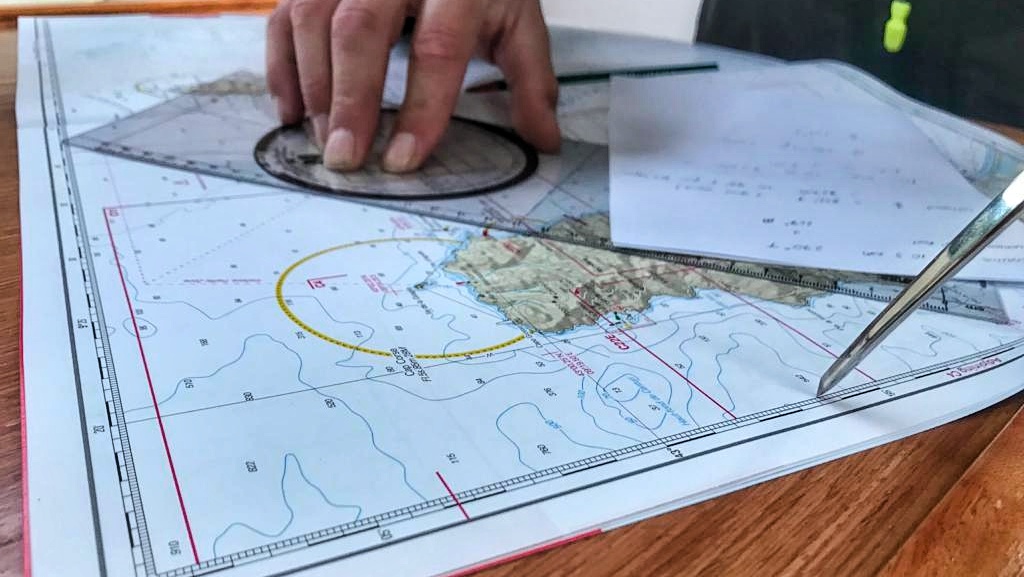
This meant that when the charter week came I already had some ideas about what might be possible and also where potential sheltered harbours might be if conditions changed quickly.
When to go
I would suggest not doing your first charter in July or August. The marinas and anchorages are usually full and you will have to reserve everything in advance. This will often mean sailing to a schedule and being stressed when getting into the marina at the end of each day. By chartering outside of the main season you will have much more space in the marinas and more freedom to be flexible with your planning as you go along.
Get time on the water before going
Try to get out sailing on smaller boats where you live before heading off for a charter. We sailed some smaller 26′ boats before making our first charter and thought about different mooring scenarios with this boat before travelling to the charter base. If you are struggling with mooring, coming alongside, reefing or other manoeuvres with a smaller boat it’s not going to be any easier on a bigger boat if conditions suddenly deteriorate when out on your first charter. If you want some help getting on the water in Switzerland before your first charter or want some tips and tricks check out our coaching or contact page and get in touch with us.
Get there early
Arrive at the charter base early, take some time to get to know the harbour and take time to relax so you don’t go to the check-in stressed. Being relaxed for the check-in helps you get your thoughts together, makes a better impression on the base staff and helps you think straight to ask any important questions you might have when you are being shown the boat.
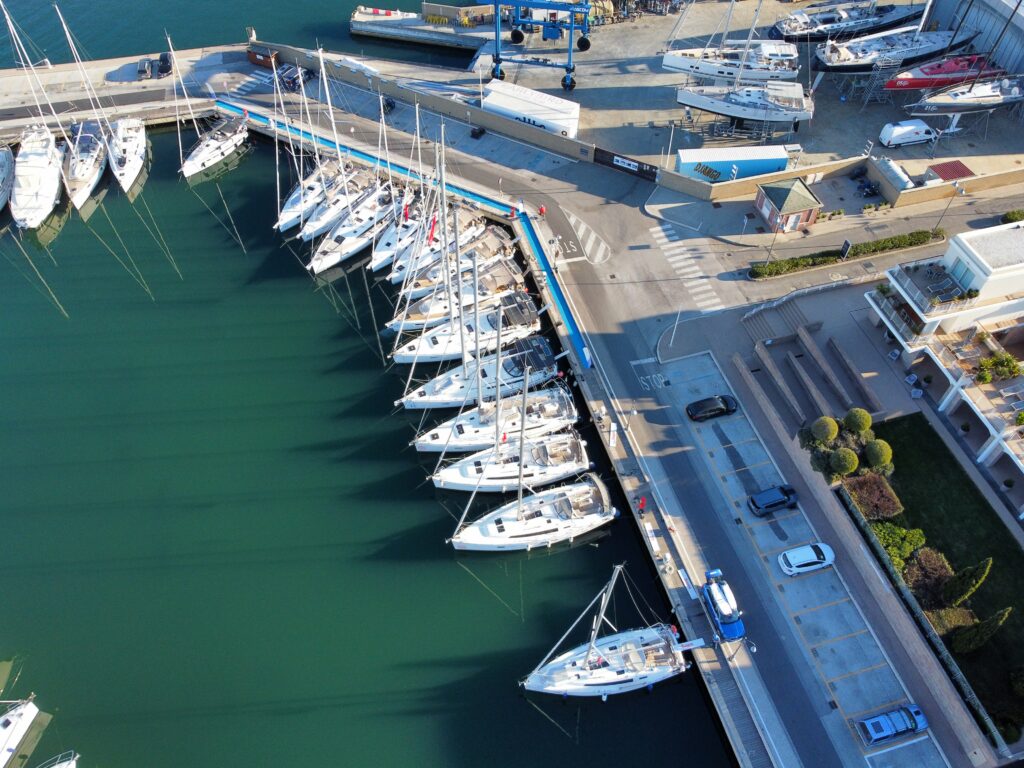
Try to figure out the lie of the land around the marina in advance and have time to relax before going for the check-in.
Where to Charter
There are many ways to book your first charter. One option is to contact a charter company directly and either ask them for a quote or check their price list online. Another possibility is to use a booking platform such as Click & Boat. These platforms will allow you to search for boats available in an area and compare prices. By using a booking platform you get a better idea of what kind of boats may be available in your area of interest. Many of the boats on Click & Boat are from charter companies, but sometimes you will also find private people looking to rent their boats on these platforms.
What to expect at check-in
You will get a time in advance to check-in at the base. But, you might be able to take care of the paperwork at the office before your official check-in. Once the paperwork is out of the way the base staff will usually do the technical check-in as soon as the boat is ready.
You will have decided what extras you are taking in advance and you will have to pay for these at the beginning of the charter. Extras might include the following:
- Charter Pack (also known as Final Cleaning or Starter Pack and is usually compulsory)
- Outboard Motor for dinghy
- Insurance
- Car parking in the Marina
- Bedding
- Cockpit cushions
- SUP
Sometimes the Charter Pack/Starter Pack includes some of the other options, but others don’t. We’ve had charters where you have been required to pay for bedding for the number of people on board despite us bringing our own and others where the bedding and the cockpit cushions were included. Read carefully in advance what is included and what is extra.
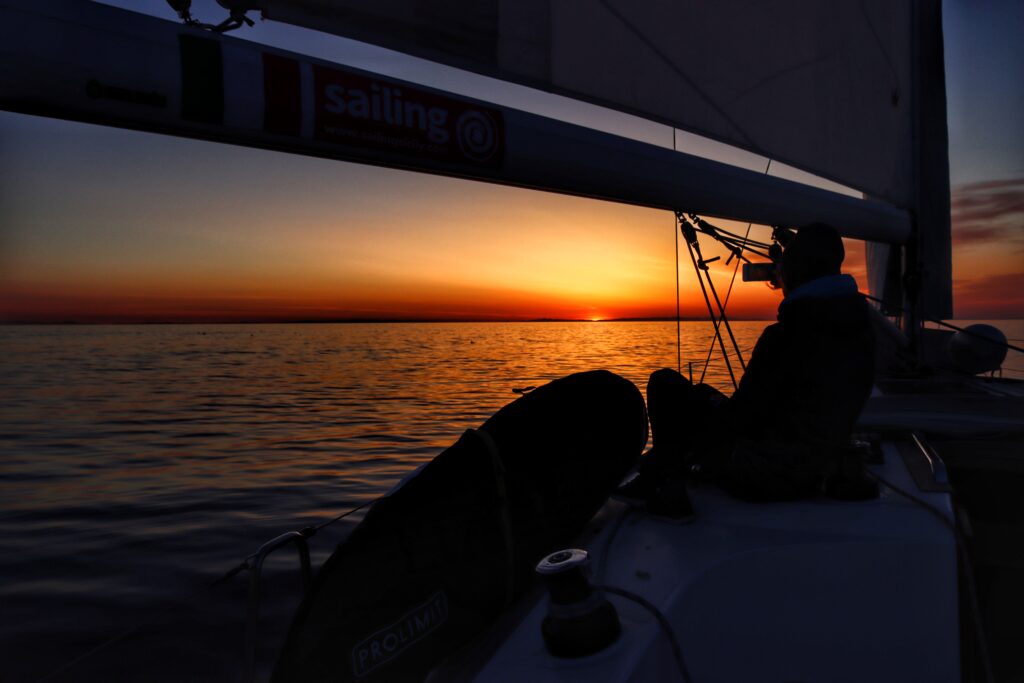
I personally believe it’s worth paying for the extra insurance/damage waiver if the charter company will give it to you. In some cases, they will only allow you to have the damage waiver (which in most cases only reduces your deposit) if they deem you to have had enough previous experience. Some companies sell a complete damage waiver (zero deposit) covering any damage to the boat, but usually, the waiver just reduces your damage deposit (and thus damage liability).
All your extras are charged to your credit card at check-in. Following this, they will put a hold on your card for the amount of the damage deposit. The safe return of the boat with no damage will result in this hold being removed from your card.
Technical Check-in
Once the paperwork is done one of the base staff will do a complete walk-through of the boat with you. Usually, it’s just the skipper and maybe one other person who are on the boat for this. This part of the check-in is very important. Topics covered include, but are not limited to the following:
- Start/Stop Engine
- Engine Battery/House Battery Master Switches
- Sea Cocks
- Gas shut off
- Life Jackets
- Life Raft
- Emergency Rudder
- Electrical Panel
- Toilet/Black Water Tank
- Water
- Diesel
- Engine oil check, spares
- Reefing Systems
There might be a full inventory taken of the boat at this point which you will be expected to sign. In light winds, some companies will pull out the sails to check those too. If you spot any damage or notice anything missing this is the time to point this out. Any damage not mentioned in the protocol could be attributed to you when you bring the boat back.
After the administrative and technical check-in, you can start to put your luggage on board and the holiday can begin. Many stay the first night in the home port and leave the following morning, but if you have done an early check-in it might be nice to go for a short sail and return to your dock. It is possible to leave and sail to another location after the check-in, but you will be arriving quite late and end up having to do your first mooring in a potentially crowded marina quite late in the day.
On our first charter, we paid extra for early check-in and took the boat out of the home harbour for a short sail on the first day. This meant that we were coming back into a harbour we already knew for our first close-quarters manoeuvres and knew what to expect when we arrived. This was a good opportunity to practice before moving on to unknown harbours.
Leaving the dock
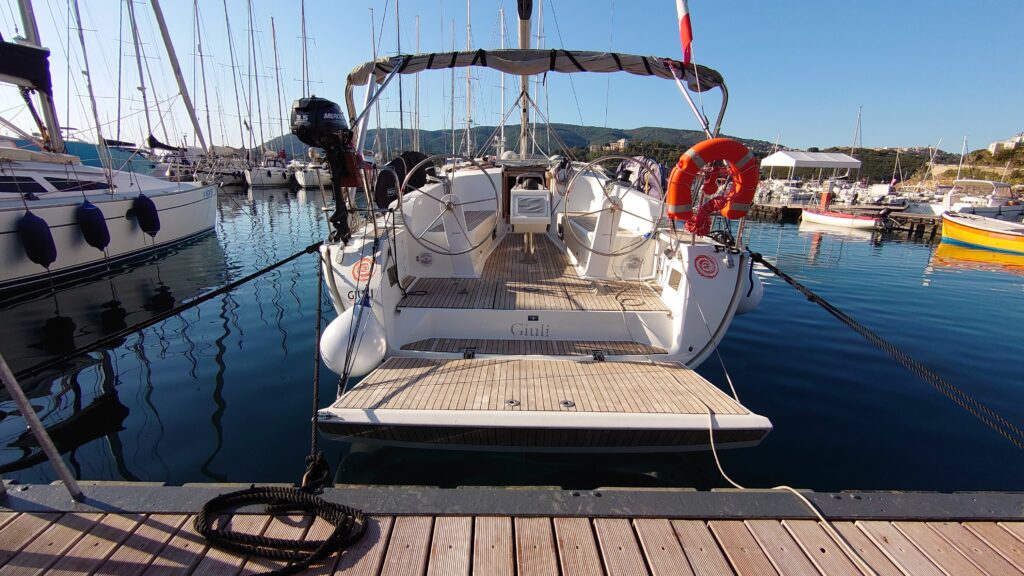
In the Mediterranean, most of the charter boats moor stern-to on the dock. If possible try to leave the dock for the first time when the wind is light. I suggest going to a quiet corner of the Marina to familiarise yourself with how the boat handles in close quarters at this point before doing anything else. Familiarising yourself with the boat at this stage will make your manoeuvres much less stressful later.
Practising close quarters, coming alongside and coming to a dock stern-to at the start of the Charter will give you an idea of any idiosyncrasies your boat may have. It also gives you a chance to explain to the new crew what their roles will be when doing the manoeuvres for real later on.
Bear in mind that wind can make getting in and out of your spot on the dock very difficult. Take time to think of your plan in advance and also think of what your options are if something goes wrong. It only takes a split second for the bow to be blown off the wind when you cast off the windward stern line. This situation can be compounded if you were to suddenly back up while the stern line is still in the water or use the bow thruster while someone is still holding onto one of the bowlines.
The first sail
Try to plan your first sail as quite a short one. On our first charter, we were lucky our boat was kept on a finger-berth rather than squeezed between other charter boats. This allowed us to leave, go for a short sail and return again after we finished the check-in without too much stress. The Marinas in Italy almost all have staff on hand who you can radio as you enter the harbour to come and help you with your lines as you arrive back in.
If sailing to a new harbour for your first sail, make it a short one and arrive there early. The earlier you get in, the fewer other boats you will have to deal with and the less chance that the first time you dock will be in a tight space. An early arrival allows you and your crew the chance to have a more relaxed first experience with docking in a new marina.
If you have done your research it should be easy to pick out a location for the first sail. In high season you will almost certainly have to try and reserve a berth at the marina you are heading to in advance.
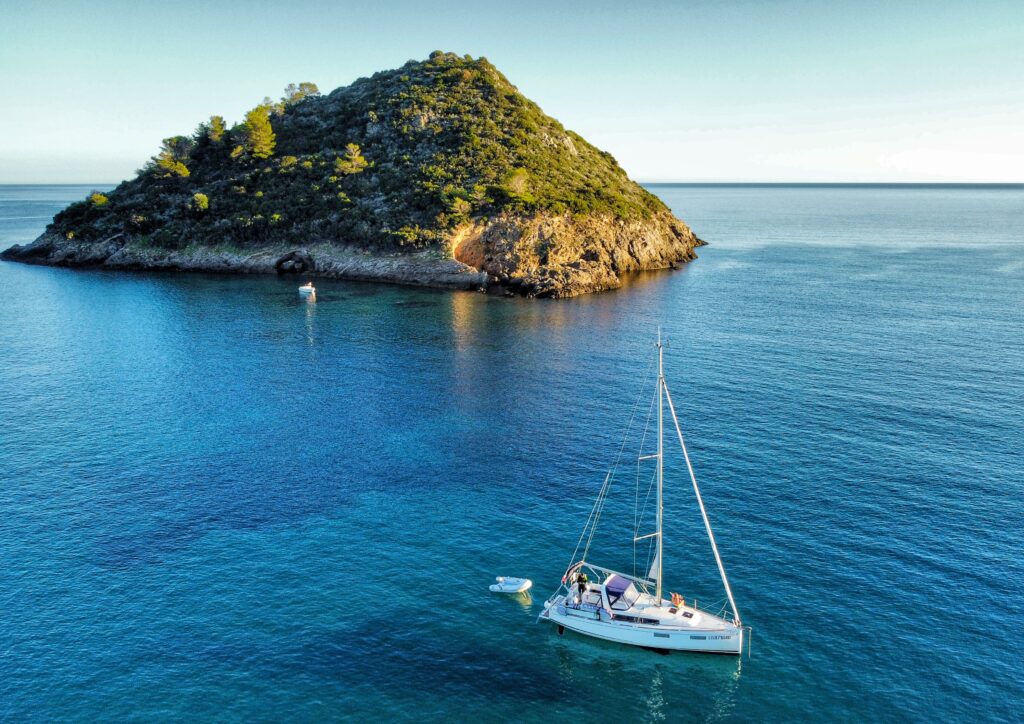
Follow the forecast
It’s good to keep a careful eye on the forecast for later in the week already at the very beginning. Most week-long charters really only involve 6 days of actual sailing. Unless you leave for your first sail directly after the check-in. It’s easy to sail a long way from the charter base in the first 4 days of the charter to suddenly realise that you now need to make up all that ground back upwind in 2 days on the way back. Keep an eye on the weather and plan to get back to your starting point comfortably on the last day.
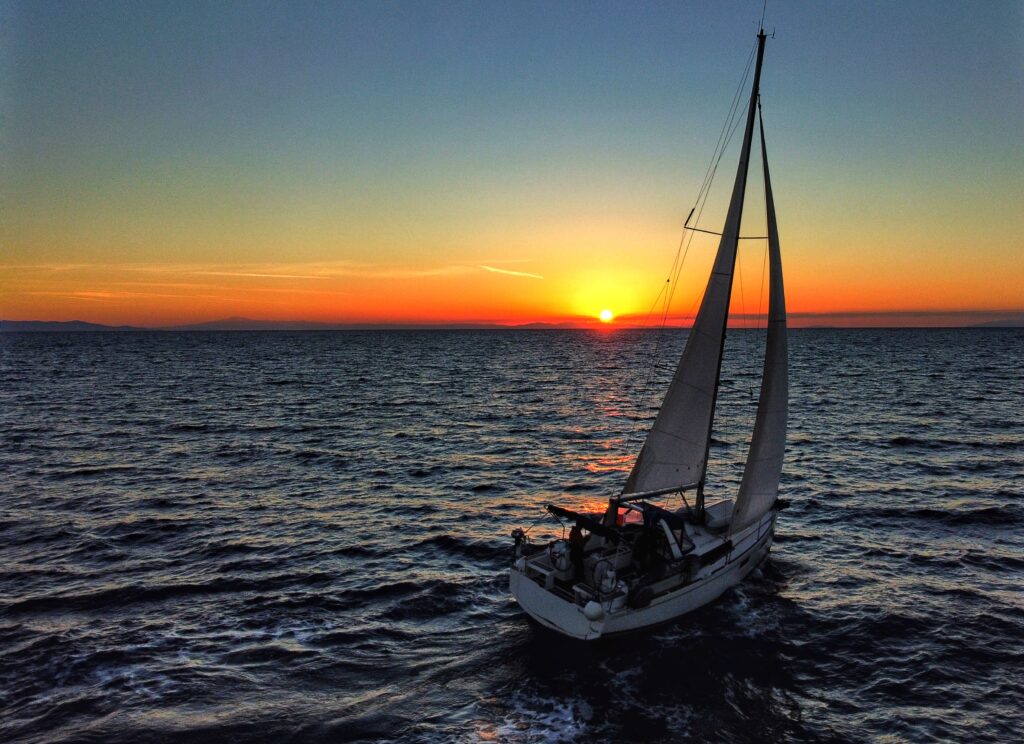
Returning the boat
Most charters run Saturday to Saturday, despite this, you must return to the base before 5 pm Friday. You then stay on the boat overnight and leave at 8 am the next morning.
Before returning the boat you will have to fill the fuel and empty the black water tanks. It’s a good idea to take a mental note of where the fuel dock is as you leave the Marina on day 1. This allows you to make a plan on how you will come alongside when arriving back on Friday. If arriving close to 5 pm you may find you have to stand-off and wait before approaching the fuel dock. Have an idea of how large your tank is and how much fuel you have used when coming alongside as sometimes the staff will ask you this as you come alongside.
Before leaving the fuel dock don’t forget to radio the Marina to have someone standing by to take your lines as you bring the boat back into its berth.
With a little planning and some time on the water your first time chartering will be a very pleasant experience. It’s important to reduce potential stress where possible if you are not very comfortable with the boat you charter.

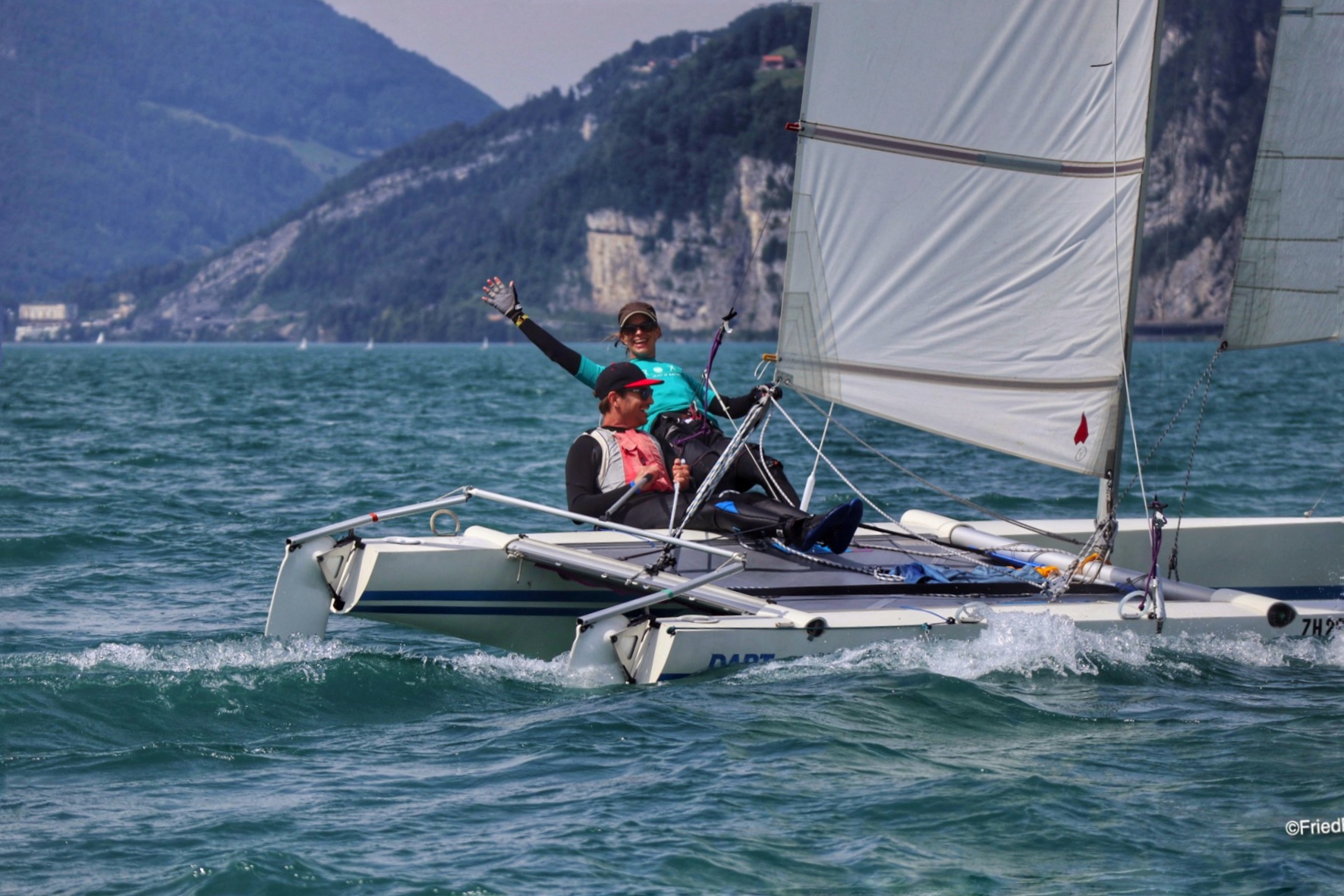
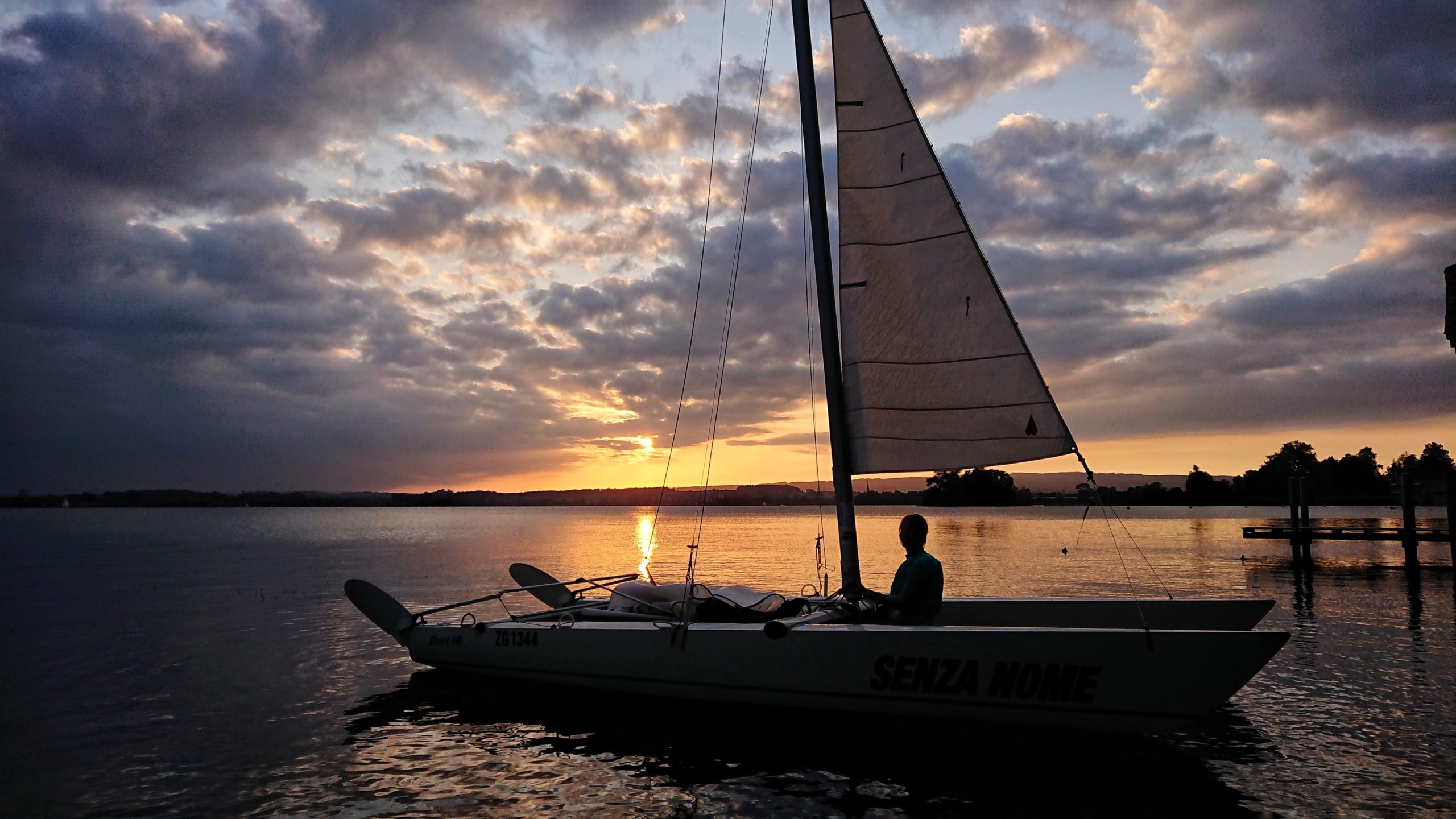
0 Comments